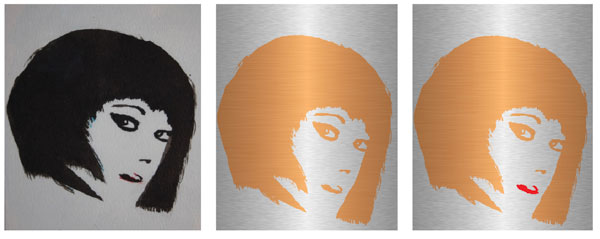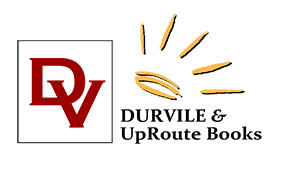EXCERPTS Generative Art for Python
FROM THE FOREWORD
"Computers and Art" by Brian Wyvill PhD
 When defining the basic principles, Jim Parker points out that “Generative art is the art of the algorithm.” It is interesting to see how that last word has become so much a part of modern art. Even today, generating your own creative artwork from an algorithm requires an understanding of programming a computer. Sure, there are many application programs out there to help the artist, but without basic programming skills what is generated will be forever watermarked as being created by somebody else’s program. That is why Jim Parker’s book is a must for an aspiring artist to realise their creativity through building their own algorithms.
When defining the basic principles, Jim Parker points out that “Generative art is the art of the algorithm.” It is interesting to see how that last word has become so much a part of modern art. Even today, generating your own creative artwork from an algorithm requires an understanding of programming a computer. Sure, there are many application programs out there to help the artist, but without basic programming skills what is generated will be forever watermarked as being created by somebody else’s program. That is why Jim Parker’s book is a must for an aspiring artist to realise their creativity through building their own algorithms.
I was fortunate enough to have Jim Parker as a colleague, for my quarter of a century as a professor at the University of Calgary department of computer science. Jim has four decades of experience in teaching programming to bring to bear, as well as a passionate interest in the arts. That experience he puts to good use in writing a book to help artists realize their algorithmic dreams.
The book takes the artists on a philosophical explanation of how a computer, a tool for processing numbers, can represent text, graphics, images, sound and a whole lot more. The book starts with the basics. Pointing out that people, not computers create art, but the computer can be used as a very powerful tool in that process.
Randomness and its place in generating art is well discussed in the book. In nature, a tree branch starts as a bud; some buds thrive, others die. As a bud grows into a branch, each year the branch grows and produces more buds. The startling thing is that this is not a random process. If it were, all trees would look roughly the same, but most of us can distinguish an oak tree from a larch. The patterns and shapes created by the tree become a recognizable tree species and all slightly different from each other. Therein lies the randomness, as Professor Parker points out, how the artist uses randomness is very important.
About Brian Wyvill
As a computer scientist at the University of Calgary, Brian Wyvill invented new techniques for 3D implicit modeling and generative art and has published over 150 academic papers. He spent a quarter of a century living in the Rocky Mountains where he climbed, skied, wrote plays, and acted with the Rocky Mountain Shakespeare company. More recently he moved to Victoria on the West Coast in 2006 to take up a Canada Research Chair at the University of Victoria.

From the Preface "A More Precise Manner"
by James R. Parker PhD
In generative art, we must have a pretty clear idea what we wish to create before we start. It’s not as simple as plopping your easel down someplace and saying, “Today I shall paint that mountain.” This is because generative art is about an algorithm, and algorithms must be specified pretty precisely. Where another artist can create a line with a diagonal brush stroke from upper left to lower right, when using an algorithm we have to find ways to do that in a more precise manner. We need coordinate for the start and end points. We need the width of the brush, the color coordinates of the paint being used.
Some might suggest that this takes some of the fun and spontaneity out of art. Spontaneity, perhaps. But that gets supplemented by our ability to modify the result quickly, to iterate an idea and see it immediately. That’s fun too.
There is a significant degree of skill involved in developing a visual concept in your head through an algorithm, then to code and see a final result on your screen. You need not be able to draw or paint, but you do need to be able to imagine your artwork and design ways to make it happen.
There is a growing interest in artificial intelligence art these days. There are systems that will ask you for a phrase (they call it a prompt) that defines something you wish to visualize, and the AI software will generate a picture or two for you that is based on that idea. That’s interesting stuff, and I encourage you to try it out. I suspect that the results will not look as you suspected they would, or hoped they would. Part of being a programmer is having a computer do what you tell it to do. There is not a better way to get a computer to do your bidding than to write a program that it must follow. The AI systems don’t do that. They are trained on a vast number of images and words, and then create a sophisticated collage from your prompt and what it has learned. It can be fun, but it rarely gives me the control I need and want, as a programmer.
This particular book was written with computer programmers in mind. Python is a good language for general programming and is taught in many colleges as a first language. Because of that, we can expect a degree of expertise in Python at the beginning and move more quickly to the art content.
